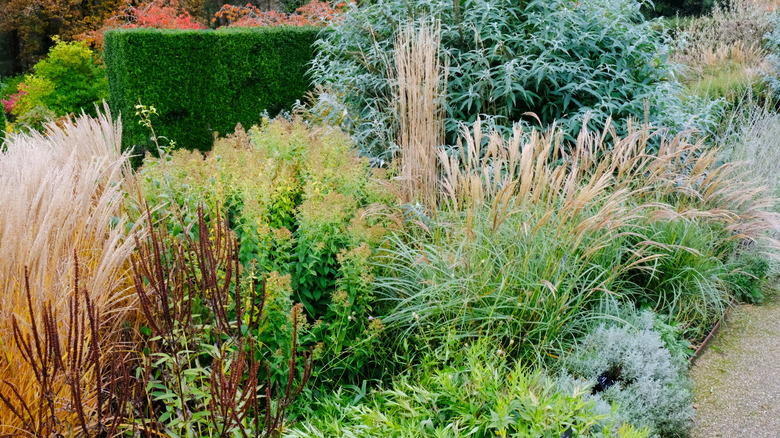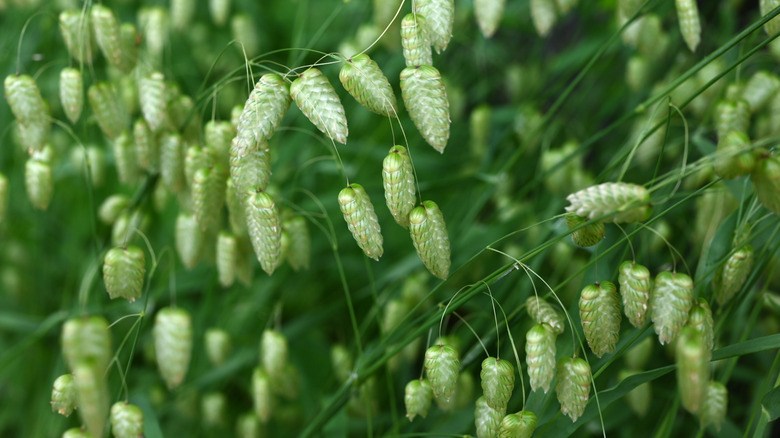
Johngollop/Getty Images
The new year is on the horizon, and many of us are already thinking about the additions and changes we will make to our yards. A new year means new trends, new cultivars, and new garden ideas. There are a few different plants that are tipped to be big next year, with the Garden Club of America already announcing its plant of the year for 2026. One that is exciting many gardeners is a gorgeous ornamental grass that leaves a big impact. The greater quaking grass (Briza maxima) is a fantastic addition to any garden. With its lush green leaves that arch dramatically and its interesting, oval spikelets, this grass will soon be popping up in gardens across the country.
Often overlooked, ornamental grasses are a great way to bring movement and texture to a garden. As prairie-style gardening grows in popularity year after year, gardeners are experimenting and discovering the best ornamental grasses that further this trend. Grown as a summer annual, the greater quaking grass brings a rich, natural feel to a garden for the season before fading in the fall. It is an easy-to-grow grass and gets to a height of 2 to 3 feet.
Easily grow greater quaking grass (and important maintenance tips)

tamu1500/Shutterstock
You can grow greater quaking grass in both full sun and partial shade. It does best in poor soil, but ensure that the soil is well-draining, as this ornamental grass can suffer when waterlogged and prefers a drier environment. Greater quaking grass is usually grown from seed by either sowing it directly into the soil or starting it off inside. If you are sowing your greater quaking grass directly outside, wait until the last frost. Then, space the seeds 9 to 12 inches apart at a depth of 1/8 of an inch. If you are starting them off inside, do so 6 to 8 weeks before the last frost. The seedlings should be kept at 65 to 70 degrees Fahrenheit. Once the danger of frost has passed, you can then transplant them outside in their permanent location.
Greater quaking grass will take around 90 to 110 days to reach maturity and doesn’t need much attention during this time. You should water the soil during periods of dry weather, but be careful not to overwater. As it can reseed and become quite weedy, you may wish to cut this ornamental grass back in the fall before it goes to seed. The seed heads make quite an attractive addition to dried flower arrangements.


Comments are closed.